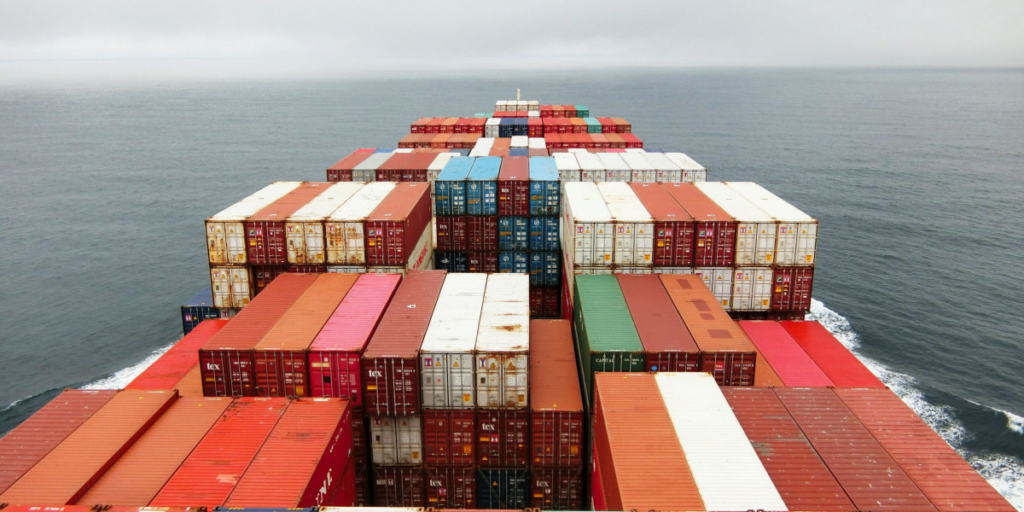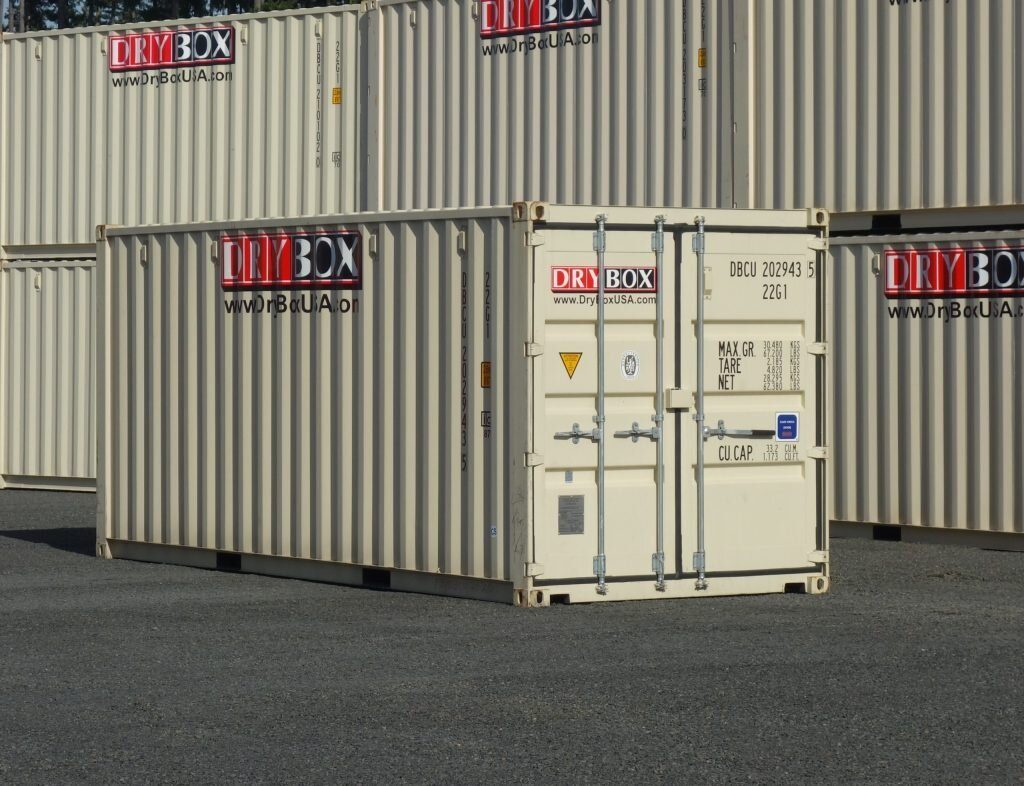Shipping Container Abbreviations 101
If you’re new to the shipping container world, all the industry terminology can feel overwhelming. From shipping container abbreviations to structural parts, understanding these terms can make the buying or renting process easier. In this guide, we’ll break down the essential vocabulary you need to navigate the shipping container industry confidently.
TEU (Twenty-Foot Equivalent Unit)
A TEU is the standard unit used to measure a container’s capacity. One TEU represents the volume of a 20-foot container, commonly used as a benchmark for container sizes. For example, a 40-foot container equals two TEUs.
CSC (Container Safety Convention)
The CSC is a set of international regulations that oversee the safety and inspection of shipping containers. This convention ensures that containers meet safety requirements, especially for international transportation, to protect both the cargo and those handling it.
ISO (International Organization for Standardization)
ISO is a global standard-setting organization. In the context of shipping containers, ISO defines the standards for container design, construction, and testing, ensuring containers are built to precise specifications to meet global shipping requirements.

CONEX Box
CONEX box is short for “Container For Export.” When you hear “What Is a Conex Box?”, it is typically referring to a common steel shipping container.
Corner Castings
Corner castings are the reinforced metal fittings located on the corners of shipping containers. They are essential for securing, lifting, and stacking containers safely during transit or storage.
Cross Members
These horizontal beams run across the width of a shipping container, underneath the floor, and provide critical structural support. Cross members help distribute the weight evenly, making the container’s floor more stable and durable for heavy cargo.
Frame Rails
Frame rails are the vertical beams that form the container’s main structural frame, supporting the walls and roof. They ensure the container remains stable and can withstand stacking, lifting, and the pressures of cargo loading.
Twist Locks
Twist locks are heavy-duty locking devices that secure stacked containers together. When placed on a vessel, train, or truck, twist locks keep containers aligned and prevent shifting, making them essential for multi-container transport.
Corten Steel
Corten steel is a high-strength, low-alloy steel used to manufacture shipping containers. Known for its durability, this material can withstand extreme weather and sea conditions, resisting corrosion and ensuring a long service life.
High Cube
A high cube container is taller than the standard container, standing at 9’6″ instead of the usual 8’6″. High cube containers offer extra storage space, making them popular for oversized cargo and modifications, such as pop-up retail shops or mobile offices.
One Trip Condition
A one trip container has only been used once to transport cargo, usually from the manufacturer to its first destination. These containers are typically in excellent, like-new condition, making them ideal for customers seeking a pristine unit.

Why Knowing Shipping Container Terminology Matters
Understanding these terms will help you make informed decisions when purchasing or renting a shipping container. Knowing details like whether you need a TEU or a high cube container, or understanding the quality of a one trip condition unit, can simplify the process and ensure you get the right container for your needs.
Contact Dry Box for All Your Shipping Container Needs
Have more questions about shipping containers? Contact Dry Box! We’re here to help you navigate all your options and find the best container solution for your residential, commercial, or construction needs.









